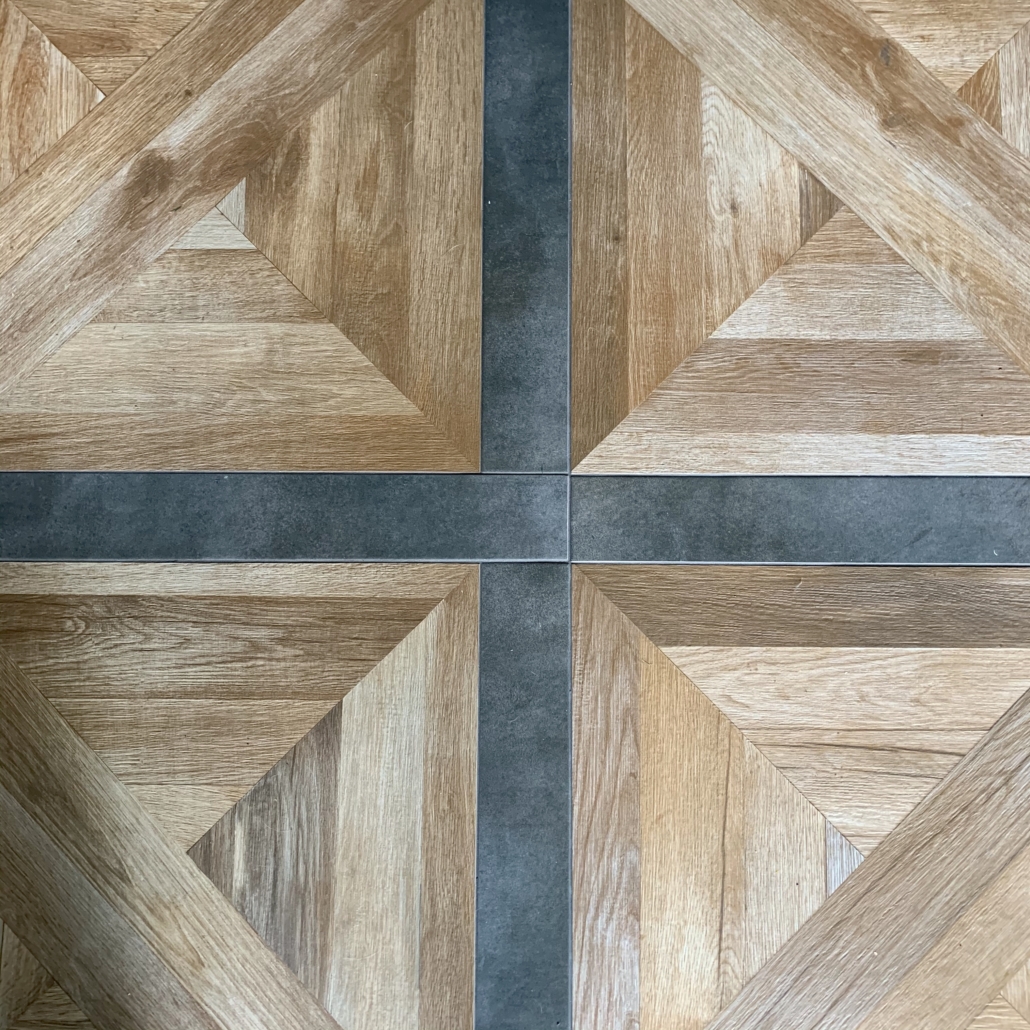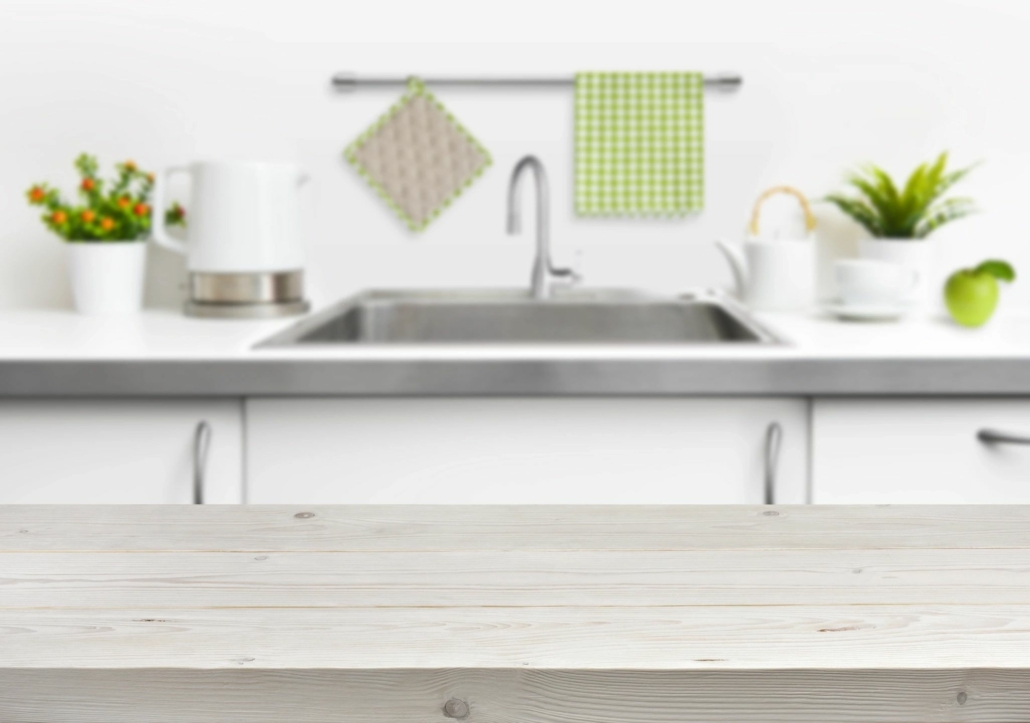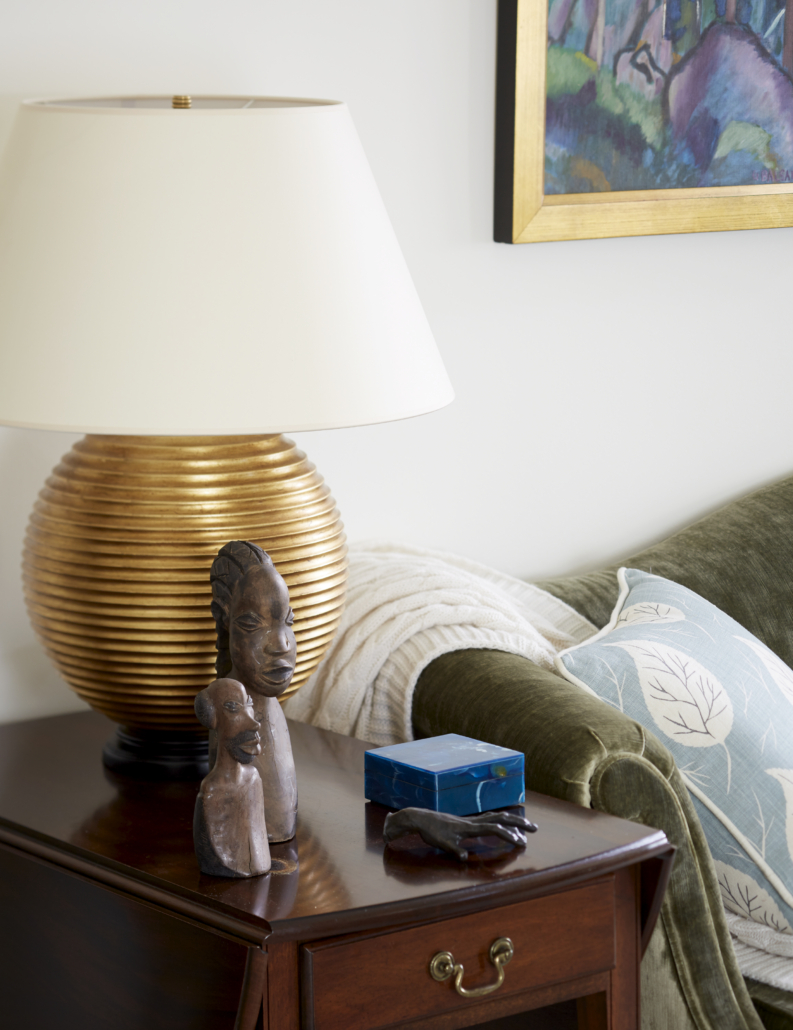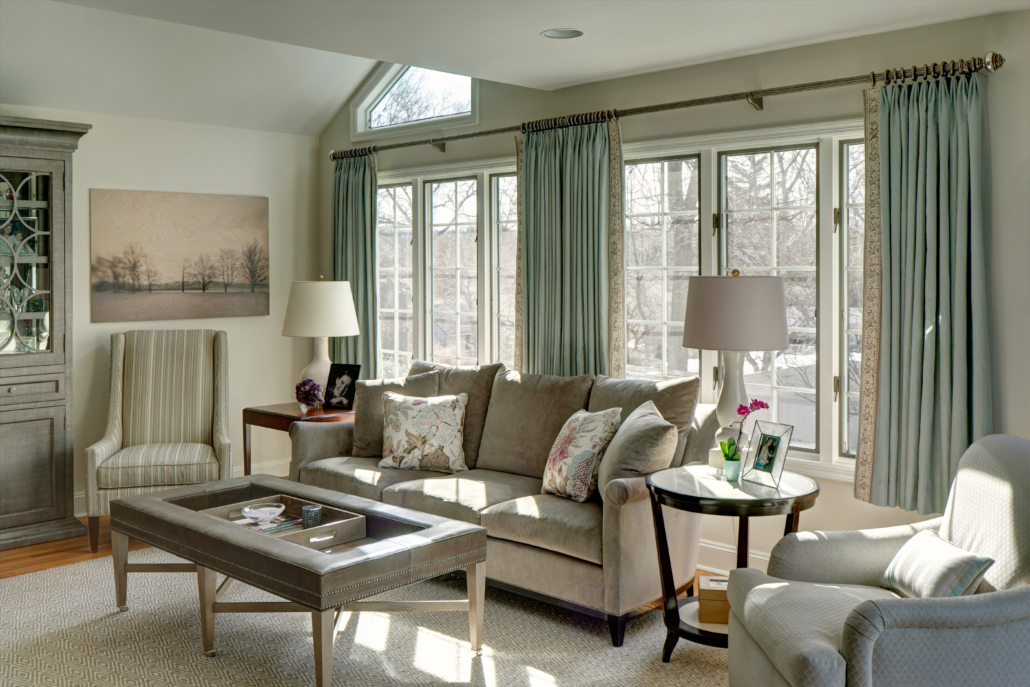Non Slip Tile Treatment!

We recently discovered a product called Stone Grip Non-Slip Tile Treatment that promises to “dramatically increase traction and improve safety on slippery floors even when wet.” According to the product specs, Stone Grip is an easy to apply slip solution with a sprayer, microfiber T-mop or Stone Grip Applicator. Clean and dry the floor, apply the […]
How to care for (engineered) quartz

As a boutique sized interior designer firm located in Bergen County, NJ, we select and oversee the installation of countertops for projects about four times a year. Here are tips on how to maintain Quartz countertops. For day to day use, clean up fresh spills with any brand dish soap and a soft microfiber or […]
How to take care of lighting fixtures

Metal or porcelain lighting should be cleaned with a soft, dry cloth or duster. Never spray fixtures with a cleaning solution or polish. If it is necessary to use a cleaning agent, please apply only a mild detergent to a soft, damp cloth for gentle cleansing. DO NOT use scouring agents, abrasive sponges, […]
How to take care of leather

For Stubborn Spots and Stains: Vacuum to remove loose soil. Use a mild solution of soap and water. Apply the solution to a clean wet sponge and wash, then rinse well. Let air dry naturally. Always try the cleaning method in a hidden area first to be sure of the results. Clean the entire area […]
How to care for a Custom Rug

Needless to say: vacuum regularly every 1-2 weeks.What to do about a spill: If it’s dry wine use WD40 followed by 91% alcohol. (isopropal alcohol – available from CVS to remove any WD40 residue). If it’s still wet use soap and warm water followed by clear water. ALWAYS BLOT AND DO NOT SCRUB. Call us […]
Window Treatment Care

We advise vacuuming every few months with a brush attachment. Dry clean as needed. (which really shouldn’t be that often). Fiori Interior Design offers a white glove service in which we will arrange to have someone come to your home, take down the treatments, and then reinstall the treatments once they are dry-cleaned.For 100% linen […]
